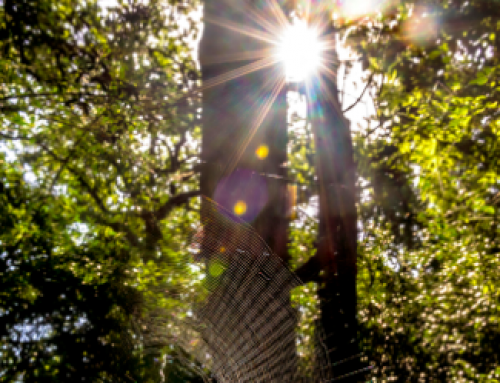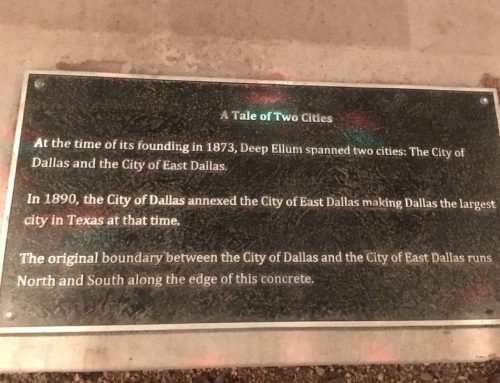
Texas Centennial Exposition Federal Building. (Library of Congress)
The State Fair of Texas is almost upon us, and Dallasites are anxiously awaiting the midway, giant pigs and an assortment of fried goodness. Big Tex holds a special place in Dallas’ heart, but it is important to know some of the history behind the huge “park” in South Dallas.
The fair began in 1886, but it wasn’t desegregated until the late 1960s. At first, African American guests were only allowed there on the bluntly named Colored People’s Day. In 1936, its name changed to Negro Achievement Day.
The NAACP Youth Council led a boycott of the fair in 1953. The council called Negro Achievement Day “Negro Appeasement Day.” Even though it didn’t end the discrimination, it brought national attention to the segregated nature of the fair. After 1953, black people could attend the fair any day, but could only enjoy all of its perks on Negro Achievement Day.
KKK Day, however, was celebrated every year. In 1924, guests were invited “to witness the initiation of the largest class in the history of Klandom.” Klan bands, Klan drill competitions and fireworks were all included.
The fair’s racist history wasn’t just limited to men in white hoods. Author Michael Philips writes in “White Metropolis” about its Better Baby Contests, where doctors measured head size (mistakenly believed to reveal a larger brain and intelligence) and other points of beauty, with the winning baby receiving a cash prize much like the prize goats, cows, horses and pigs would at the fair. The winning children were white, blonde and usually male.
The neighborhood around the fair was originally a white neighborhood, with many Jewish residents as well. Black residents were confined to the most undesirable parts of Dallas, such as along the Trinity River flood plains or rail lines. But after World War II, African Americans began buying homes in South Dallas. These homes were often bombed in attempts to keep the neighborhood white. As Jewish families left, white flight continued, and the neighborhood transformed into a black community.
It’s probably no surprise that the event was not in favor of having its lily-white patrons drive through a neighborhood with people of color.
So Dallas allowed huge swaths of neighborhood to be bulldozed for parking lots. Many black families lost their homes, rarely receiving the dollar amount that they were actually worth. According to a revealing 1966 report commissioned by the City of Dallas, “The solution for all of these conflicts, at least in terms of Fair Park’s location, is simple. All that is required is to eliminate the problem from sight. If the poor Negroes in their shacks cannot be seen, all the guilt feeling revealed above will disappear, or at least be removed from primary consideration.”
From the 1960s and on, around 200 homes were purchased, scraped and paved over, which killed home values and reduced new housing in the already-struggling area. The State Fair continued purchasing properties up until 2009, when it spent over $500,000 creating more vacant lots and parking.
These vacant lots and parking lots have only further driven down property values in the area, while the State Fair continues to profit.
So while you’re savoring a Fletcher’s corn dog, it might be a good idea to consider that several Confederate monuments remain at the 277 acres of park, ironically juxtaposed with the African American Museum of Dallas.






Leave A Comment